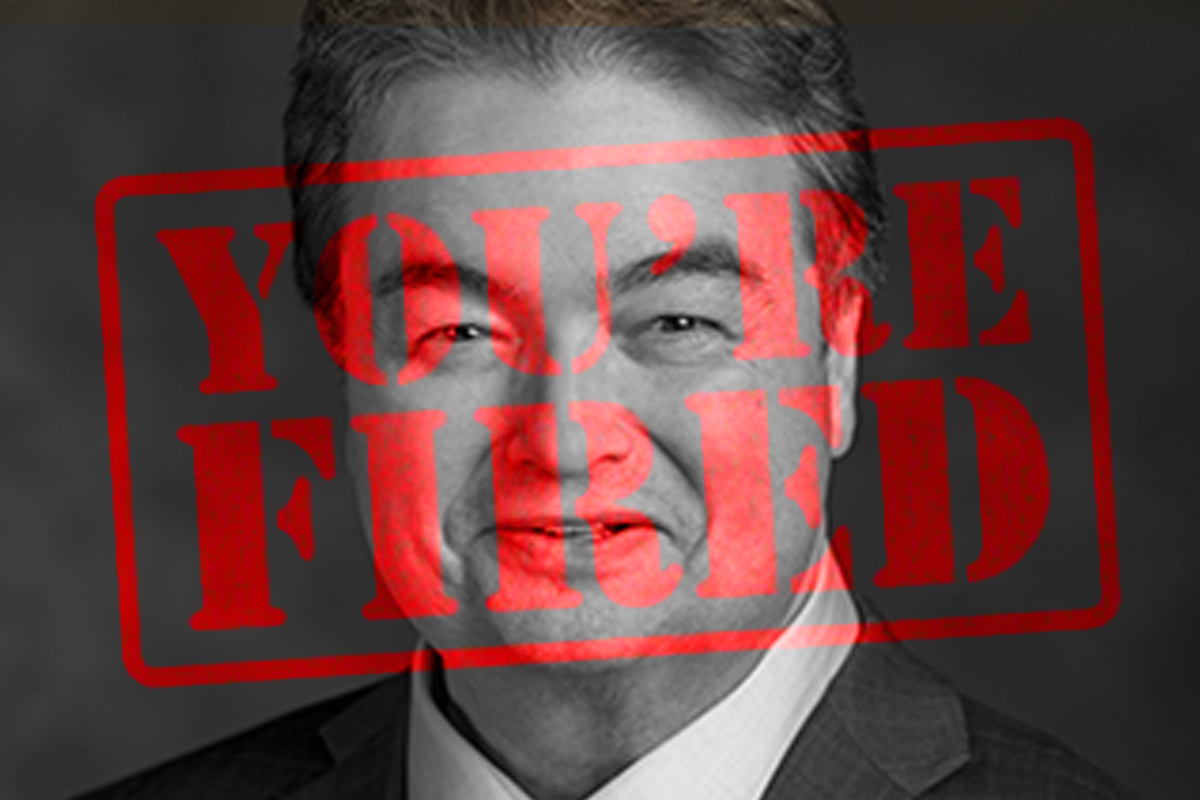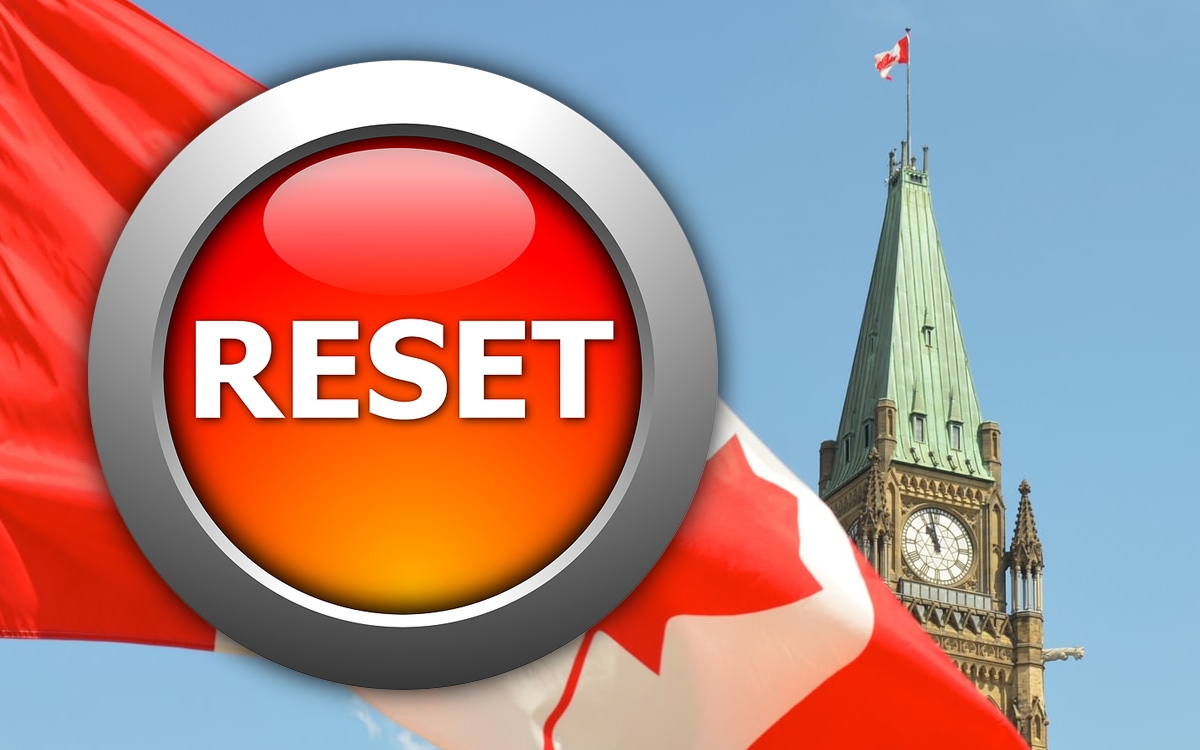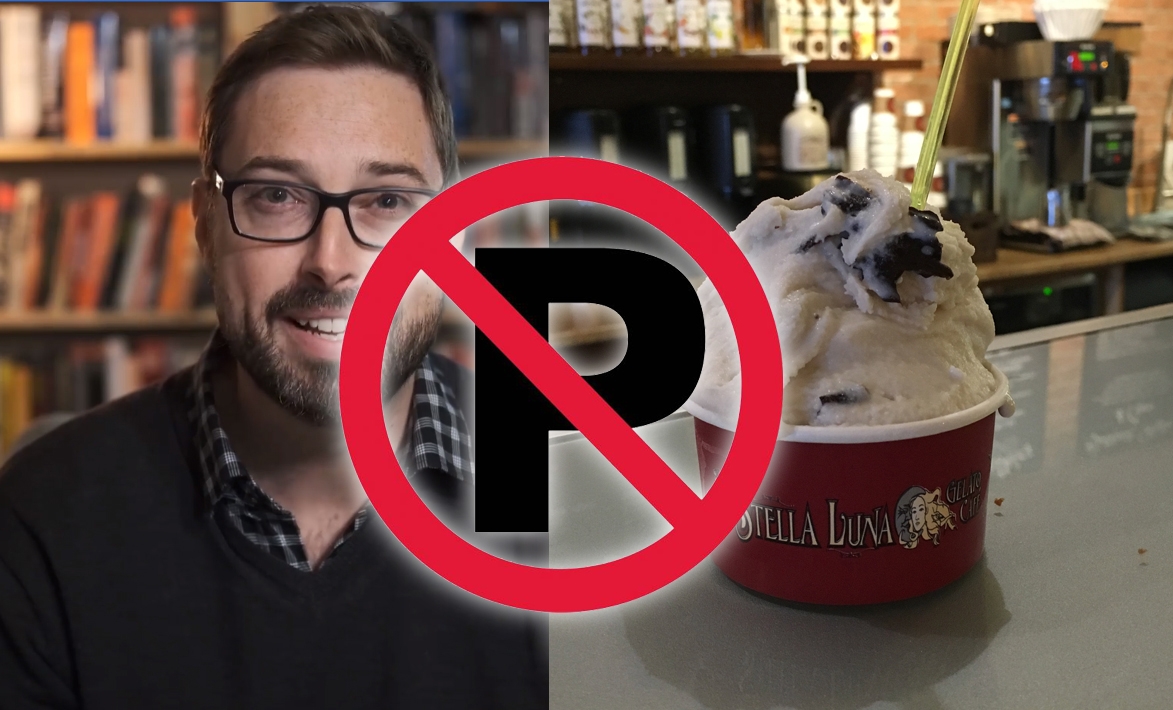
The New Voters’ Guide to the 2019 election
Background vector created by rawpixel.com – www.freepik.com
In the 2011 federal election, Canada saw an unfortunately low voter turnout rates only 61.4%, the third lowest percentage in Canadian history. This was a serious issue for in this democratic country of ours voting is extremely important. If only a portion of Canadian voters turn up to the polls during an election, then the outcome of that election will only reflect that portion’s ideology. Not Canadians as a whole.
Thankfully, of course, voter turnout rates have steadily increased since then, reaching 68.5% in the 2015 federal election. However, that is still a huge drop when you consider the fact that these rates have dropped quite a bit since the 90s.
This increase four years ago was largely attributed to younger voters, especially voters aged 18-24 and 25-34 who faced the largest approximate increase in participation (18.3% and 12.3% respectively), which isn’t overly surprising when you think about it. Millennials, after all, are the largest generation of people since the Baby Boomers; so if there was a large increase in their demographic, then the overall number is bound to be affected.
Which is why it’s important that we keep this trend going.
With the 2019 federal elections quickly approaching, it’s time to start looking at who you’ll be voting for come October. If you can make it out to the polls, then you have a serious chance to make your voice heard. That is why it’s important that you not only make it out (new and returning voters alike) but most of all, it’s important to make sure that your vote is fully informed.
Who can you vote for? Where do they stand on issues that are important to you? Does their platform line up with your ideals/views? All of these are important questions to ask yourself when you choose the candidate that will be receiving your vote.
Let’s take a look at the first of those questions. Who can you vote for on October 21st?
The three biggest political parties this year (and the ones that typically hold the most seats in the House of Commons) are the Liberal Party, the Conservative Party, and the New Democratic Party. Of course, there are other parties such as the Bloc Québécois, the Green Party, and the People’s Party that have their own leaders and platforms more than worth looking into.
It’s important to note that just because a party isn’t one of the ‘main three’, doesn’t mean they aren’t important.
But what about these three biggest parties? What are their platforms? What are they currently doing about issues important to you?
Well, thus far our full knowledge on each of the parties’ platforms is a little limited, as typically parties will wait until much closer to the election date to release such information. However, with all three groups releasing their plans on specific issues such as climate change, the NDP party recently breaking the tradition and releasing their full platform months in advance, and Conservative leader Andrew Scheer being vocal in events and discussions prior to the official release of his party's platform, we can see where their plans are headed.
Climate Change
Liberal Party
Prime Minister Justin Trudeau’s time in office sent Canada into what could possibly be one of it’s most climate-change focused terms. The controversial carbon tax, and stronger crack-down on emissions being a few note-worthy actions that came up thanks to his platform. But what about his 2019 plan?
The Liberal Parties’ ‘Pan-Canadian Framework on Clean Growth and Climate Change’ aims to achieve a 30-per-cent reduction in greenhouse gas emissions from 2005 levels by 2023, the goal that some will remember was agreed upon in the 2015 Paris climate conference. It also aims to halt the global 2-degree temperature rise.
The plan’s primary feature includes more of what we saw in 2015-2019, highlighting the implementation on an economy-wide price on carbon emissions. Some of the revenue from these prices will be returned to individuals as tax rebates, however a large industrial emitters will have to go through an entirely different system.
The plan also goes on to explain the government’s plan to help grow more jobs and industries that support green technologies and standards.
Conservative Party
Conservative Party leader Andrew Scheer has been vocal about his opposal of the recently instilled Carbon Tax, and his platform’s ‘Real Plan To Help The Environment’ reflects this.
The plan’s outline highlights three major aspects,
1. Green technology, not taxes
2. A cleaner and greener natural environment
3. Taking our fight against climate change global
The defining feature of this plan is that the government plans to take away the carbon tax, and instead replace it with a policy in which companies that emit over 40 kilotonnes of greenhouse gas emissions per year must pay into a research and development fund for green technology. Scheer makes the argument that forcing private companies to put funds towards greener technology would spur a “technological revolution” and spark increased innovation that will help to grow the private sector of research and development, all “without taking money out of Canadians’ pockets”.
NDP
The New Democratic Party’s leader Jagmeet Singh’s plan for climate change focuses more on the aspect that Canada as a whole should work together and do their part to help the environment. This includes using more environmentally-friendly transportation methods, making all new Canadian buildings energy efficient, and their plan to dedicate $15 billion to create at least 300,000 new jobs building clean energy (one of the main focuses of this plan).
The NDP’s ‘Power to Change — A New Deal for Climate Action and Good Jobs’ vows to reduce emissions in line with what must be done to stabilize the global temperature rise, saying it will achieve a 450-megatonne reduction by 2030. The platform mostly shows its support for carbon pricing, while focusing on its plans to lower carbon usage all together. Other aspects that their plan outlines are getting rid of one-time use plastics, saving Canadian homes hundreds of dollars in energy costs, and respecting Indigenous peoples in all efforts.
Deficits and Debt
Liberal Party
Prime Minister Justin Trudeau has claimed that the Liberal party does not aim to balance the national debt until 2040.
Conservative Party
Opposition leader Andrew Scheer has made it clear that balancing the Federal budget, along with its debt, is a top priority for the Conservatives and has stated that they will balance the budget “in a quarter” of the time it will take the current government.
NDP
Party leader Jagmeet Singh, as well as NDP finance critic Peter Julian, have stated that a balanced federal budget should “prioritize the needs of Canadians” and that the party“doesn’t have an aversion to deficits, as long as the spending makes a difference in people’s lives instead of deficit-financed tax incentives for corporate CEOs and businesses”.
Health/Pharmacare
Liberal Party
Prime Minister Justin Trudeau has claimed that his party are still committed to a national pharmacare program, something that they have been advocating for since 2015, but few more details on the subject have been released from the party.
The recent 2019 budget showed $35 million over Trudeau’s four years in office dedicated to creating a national drug agency in order to make certain medications easier to access financially
Conservative Party
A recent federal advisory panel called for a $15-billion universal public pharmacare program, which party leader Andrew Scheer has dismissed in favour of different ways of ensuring that Canadians receive the necessary medication they need, such as filling gaps in coverage for people without access to provincial or employer-sponsored plans.
NDP
Party leader Singh is focused on a large expansion to current healthcare programs, such as a national, universal pharmacare program by 2020 that the party with work to cover dental, mental, fertility, vision, and hearing care. The party also states that they would stop the privatization of health services and user fees, prevent the sale of blood products, and tackle other public health concerns. The NDPs are also claiming to be developing strategies to better care for seniors and those with physical and mental disabilities.
Indigenous Affairs
Liberal Party
The Liberal party have continued to try and pass several bills pertaining to the spirit of reconciliation; and First Nation, Metis, and Inuit affairs. However their official platform for the future of these matters have yet to be released.
Conservative Party
The Conservative Party and their party leader have yet to officially make any claims towards their plans for Indigenous Affairs, or what the topic would look like under their government.
NDP
The NDP’s new platform appears to ride heavily on changing plans for Indigenous Affairs, with such plans like the full implementation if UNDRIP, committing to several plans and programs to support Indigenous children, quality and affordable housing, closing the education gap, giving communities safe water and services, promoting health care for First Nation, Metis, and Inuit communities, and much more. It’s evident that Singh plans to make his plans for Indigenous Affairs cross into all of his other platforms.
Taxes
Liberal Party
Neither the Liberal Party, nor their leader Justin Trudeau have stated anything on the issue of taxes as of yet. Their stances on the matter will most likely be released closer to the election date, along with the rest of their platform, so be sure to keep an eye out for when that comes out.
Conservative Party
The Conservatives have been very vocal about their plans to drop the carbon tax, an aspect that Andrew Scheer has proven to be very passionate about. Other changes such as removing the GST, and reinstating the Children’s Fitness Tax Credit have been openly approached by the Conservative Party however nothing concrete has been announced yet concerning these.
NDP
NDP leader Jagmeet Singh has said that his party will tighten at least one of Canada’s biggest tax loopholes by increasing the amount that the government taxes capital gains income. Their plan for changing taxes in Canada is to roll back the corporate income tax cuts by 3 percentage points, increase the top marginal tax rate, and enstill a new 1 percent wealth tax on wealth over $20 million.
How & where can you vote?
In order to vote in a federal election, you must be registered on the lift of electors. Advance
voter registration is already taking place online, but there are other ways of registering such as at the polls during the election, on your tax return, by mail, or at your local Elections Canada office/polling place. An up-to-date registration will make your voting process go faster, so you’re really saving yourself time and effort in the long-run. Check out this link for more information on voting registration, or check out Elections Canada Online. Of course, while voting you also must be able to prove your identity and home address so be sure to bring your valid pieces of ID/polling station voucher.
There are also multiple ways to you can vote. You can vote on election day polls, the dates/times/placed in which you are able to do so are available here, on your voter information card, or by simply calling Elections Canada.
You can also vote at an advance poll, any Elections Canada office, or by mail. For more information on these methods of voting, visit this link or Elections Canada Online.









